Over time, some home fashions come and go as trends evolve, but there is one remarkable yet ‘everyday’ material that is far too beautiful, affordable and useful to be forgotten for long: terracotta. From classical sculptures to modern, minimalist pendant lights – the enduring appeal of this humble substance appears to know no bounds.
Countless designers and makers have embraced the fiery orange-hued clay of late. While trend-setting Danish brand Bloomingville had a tableware collection featuring part-glazed terracotta pieces, designers such as Nick Fraser are creating contemporary products with this ancient material.
In 2017, Royal Doulton launched its ‘Olio’ collection, which features terracotta pieces inspired by the salt-glazed clay pipes the firm once manufactured, and paint brand Valspar also announced that ‘terracotta’ is a key colour for the year.
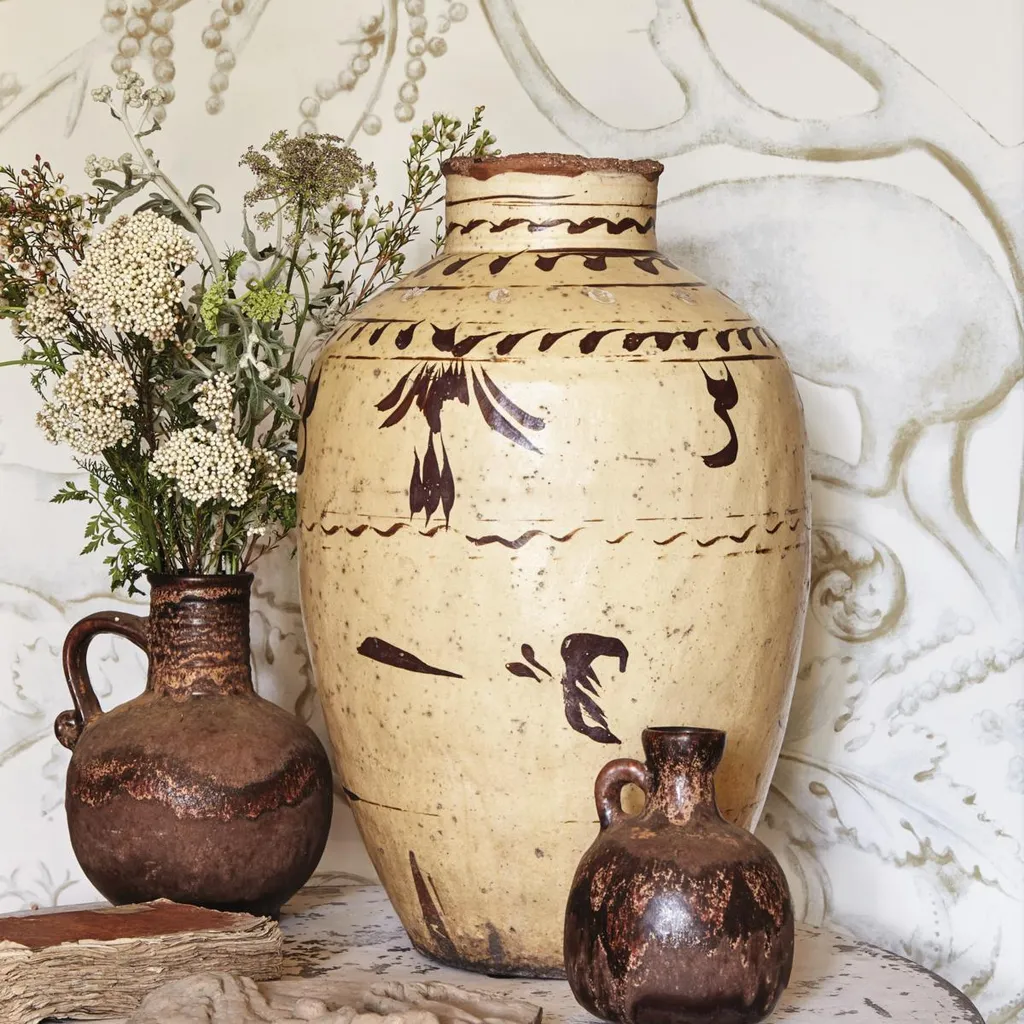
How is terracotta made?
When fired, iron oxide in terracotta clay gives the end product its distinctive rich, red-brown colour. The word ‘terracotta’ emerged in the early 18th century, from the Italian terra cotta, after the Latin terra cocta, meaning ‘baked earth’.
But terracotta was in use long before this. ‘It’s such a common material and it has such extraordinary properties,’ says Carol Galvin, a retired sculpture conservator who assessed terracotta objects for the V&A. ‘It can be modelled when it’s wet, it hardens when it dries and when it’s fired it becomes permanent. All these properties were discovered at a very early stage of human development.’
You might also like collecting antique confit pots
What was terracotta used for?
Terracotta was used in China from the Neolithic period (c6500–1600 BC) onwards, for ritual vessels, architectural elements and figurines – the most famous example being the 7,000 life-size terracotta warriors found in the tomb of Emperor Qin Shi Huangdi (259–210BC) at Lintong.
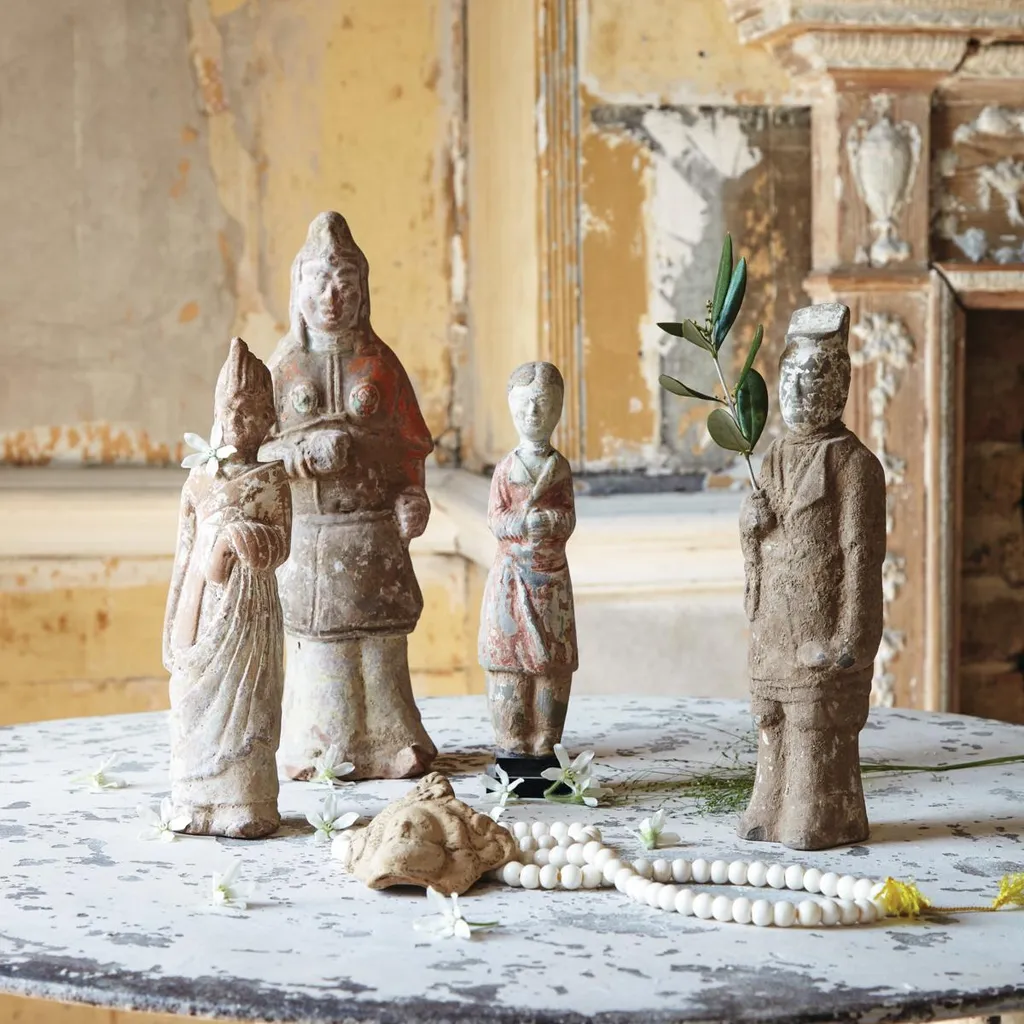
The Ancient Greeks and Romans used it, too, for lamps, vases, plates, statuettes and architectural details. ‘The fact that you can use terracotta clay for casting means that you can reproduce things from life. So if you have gypsum, which allows you to make a mould, you can press a plate into it and reproduce items accurately,’ explains Galvin. ‘The realism in Greek sculpture depended on casting. A lot of marble sculptures were carved, working from clay models.’
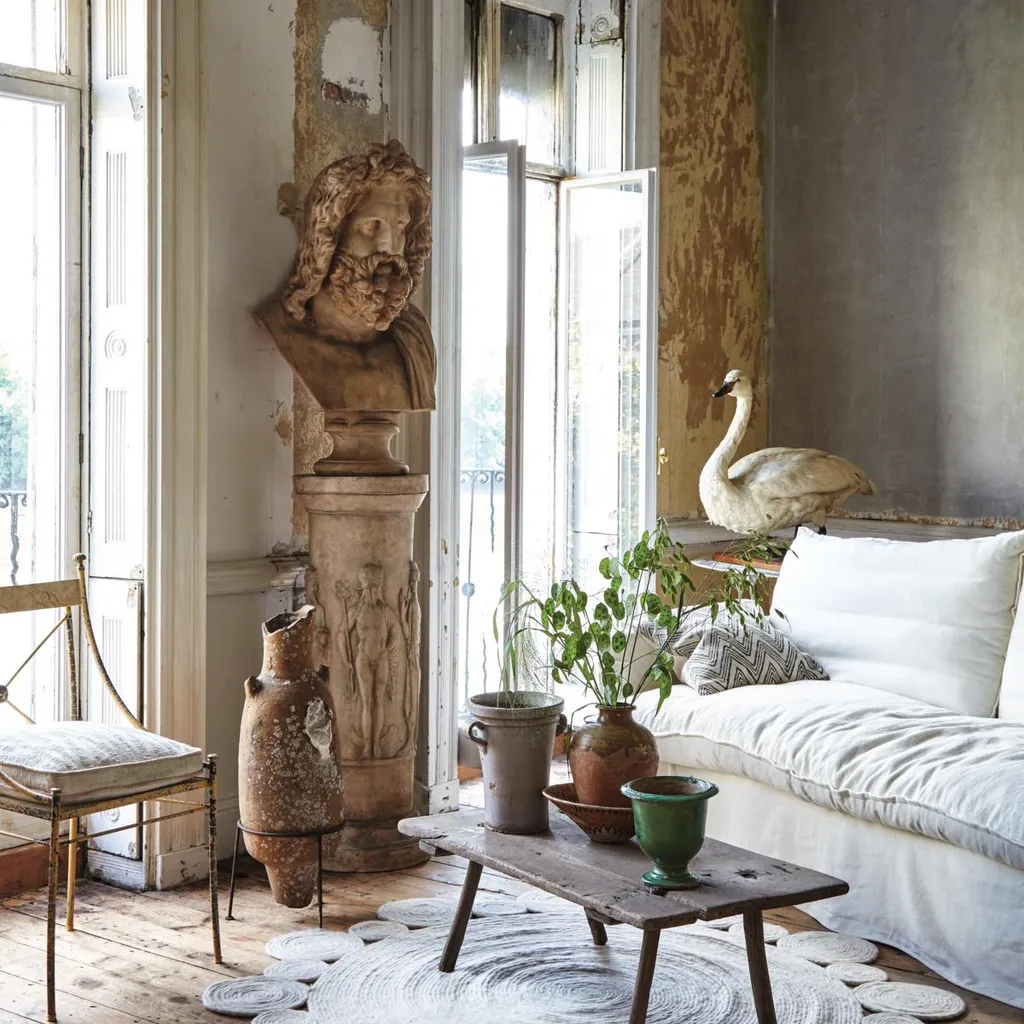
During the Middle Ages, terracotta items were mostly utilitarian. It wasn’t until the 15th century that this versatile clay began to be used again for sculpture, primarily in Italy where Della Robbia and Donatello created works in terracotta, such as Donatello’s Joshua for Florence Cathedral.
‘Italian Renaissance sculptors used terracotta to create breathtakingly life-like pieces,’ says Galvin. ‘I worked on a portrait bust of Henry VII by Pietro Torrigiano. We discovered that the clay was used to mould a likeness based on the king’s death mask. The material has the ability to create a direct likeness of somebody.’
Until the 18th century, terracotta sculptures were rarely left unglazed. ‘In Renaissance times, terracotta was painted to look like marble or bronze, or decorated with gilding or polychromy,’ says Galvin.
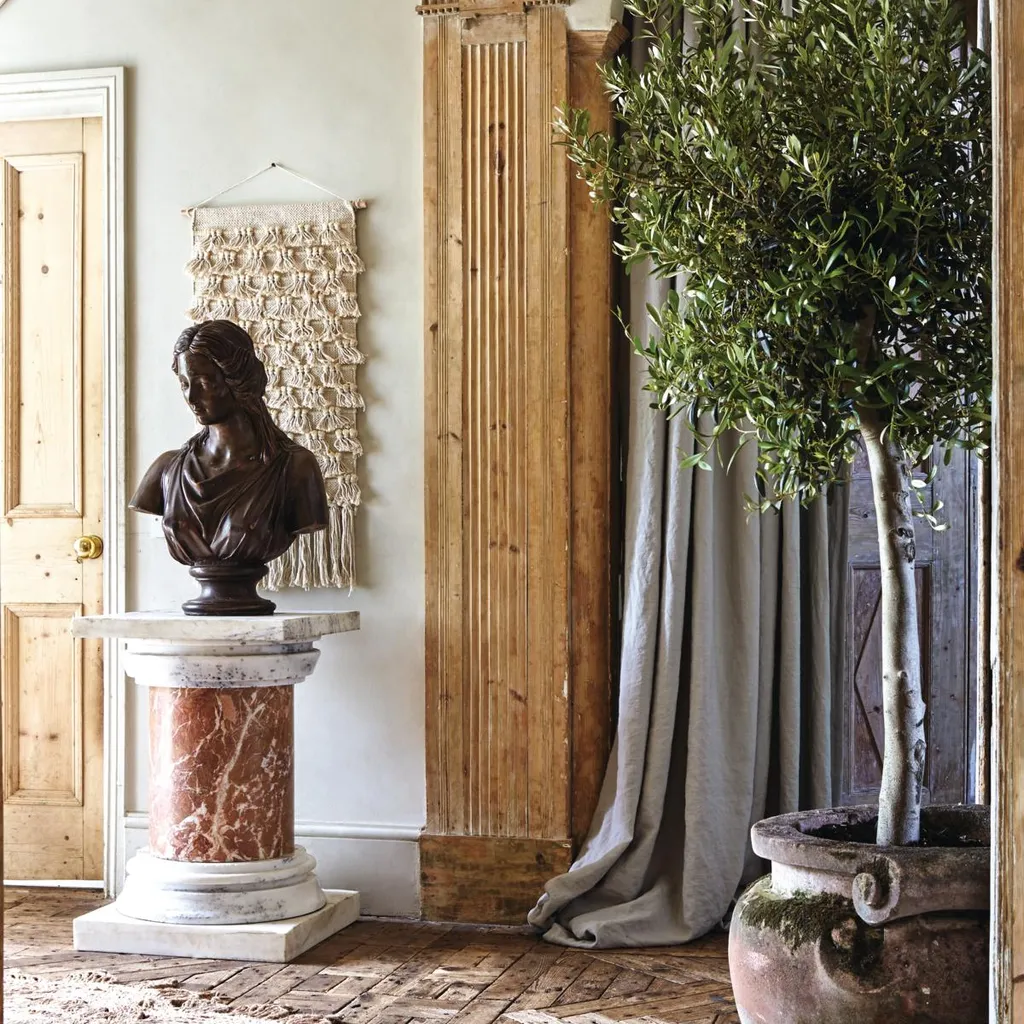
You might also like collecting antique honey pots
Terracotta in architecture
Encaustic terracotta floor tiles were produced throughout Europe during medieval times – 13th-century examples can be seen in Westminster Abbey – but it was during the Renaissance when terracotta was really embraced as an architectural material in England. It was popular in the 19th century again, too, partly because the clay – a by-product of coal mining – was readily available.
Ferrous Auger, managing director at architectural salvage dealership Lassco says that terracotta items from this era often turn up today. ‘Terracotta is perfect for large-scale architectural use,’ he explains. ‘You can make 100 items exactly the same from one mould.’ Auger reports that salvaged terracotta floor tiles are sought after – expect to pay £90–£120 per sq m for reclaimed versions – as are original 19th-century chimney pots: ‘When people are working on listed buildings, they often need to replace like-with-like.’
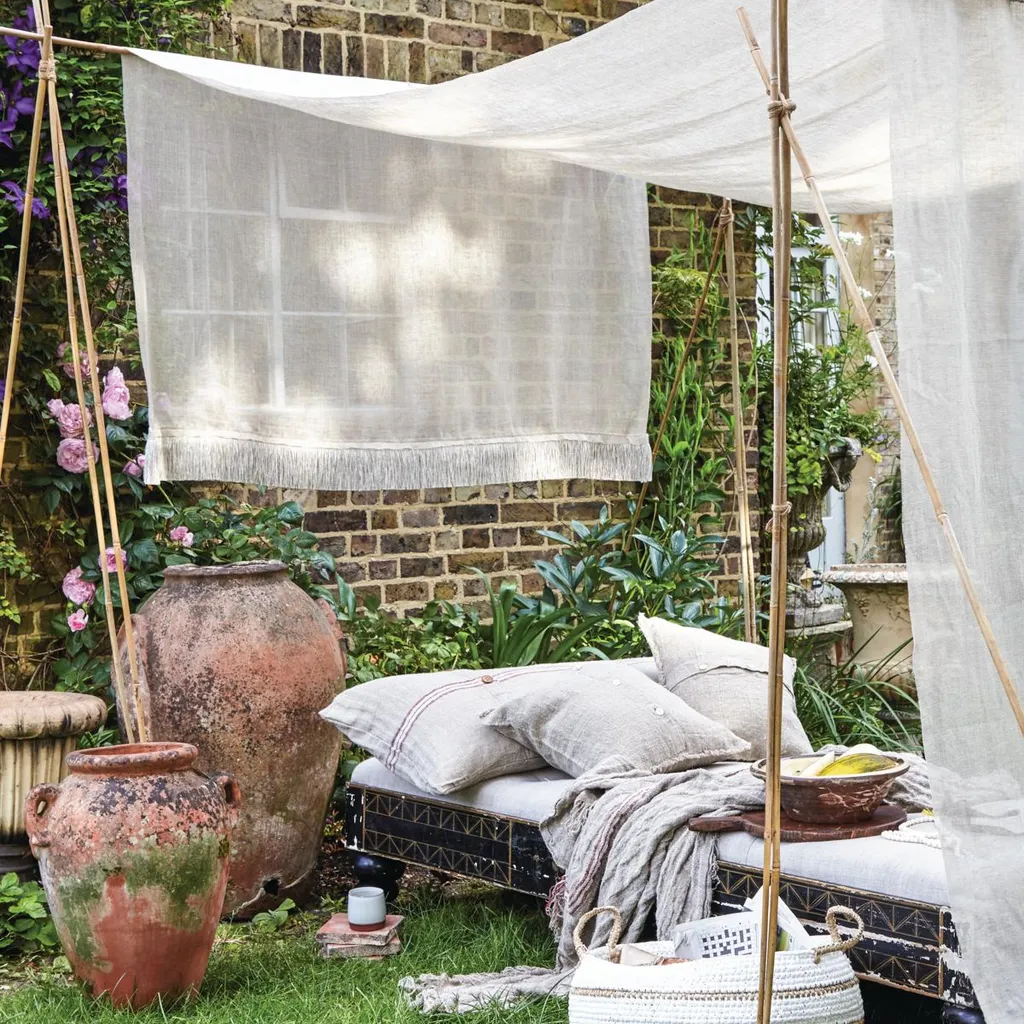
Antique olive oil jars are popular among collectors, too. ‘Pots with loop handles are usually from Greece, whereas those with scooped-in handles are more likely to be Italian,’ reveals Auger. ‘They were produced in vast quantities. Old terracotta peels like an onion as it ages.’ Such olive oil jars can fetch £100–£1,000, depending on size, age and quality.
For many, it is the tactility of terracotta that appeals. Often shaped by human hand, many older items provide fascinating glimpses into history. ‘It’s an exceptional material,’ concludes Galvin. ‘So pliable, it was the common medium for sculptors’ clay models. They often left fingerprints and tool marks behind in the clay, so we can see exactly how a sculptor worked.’
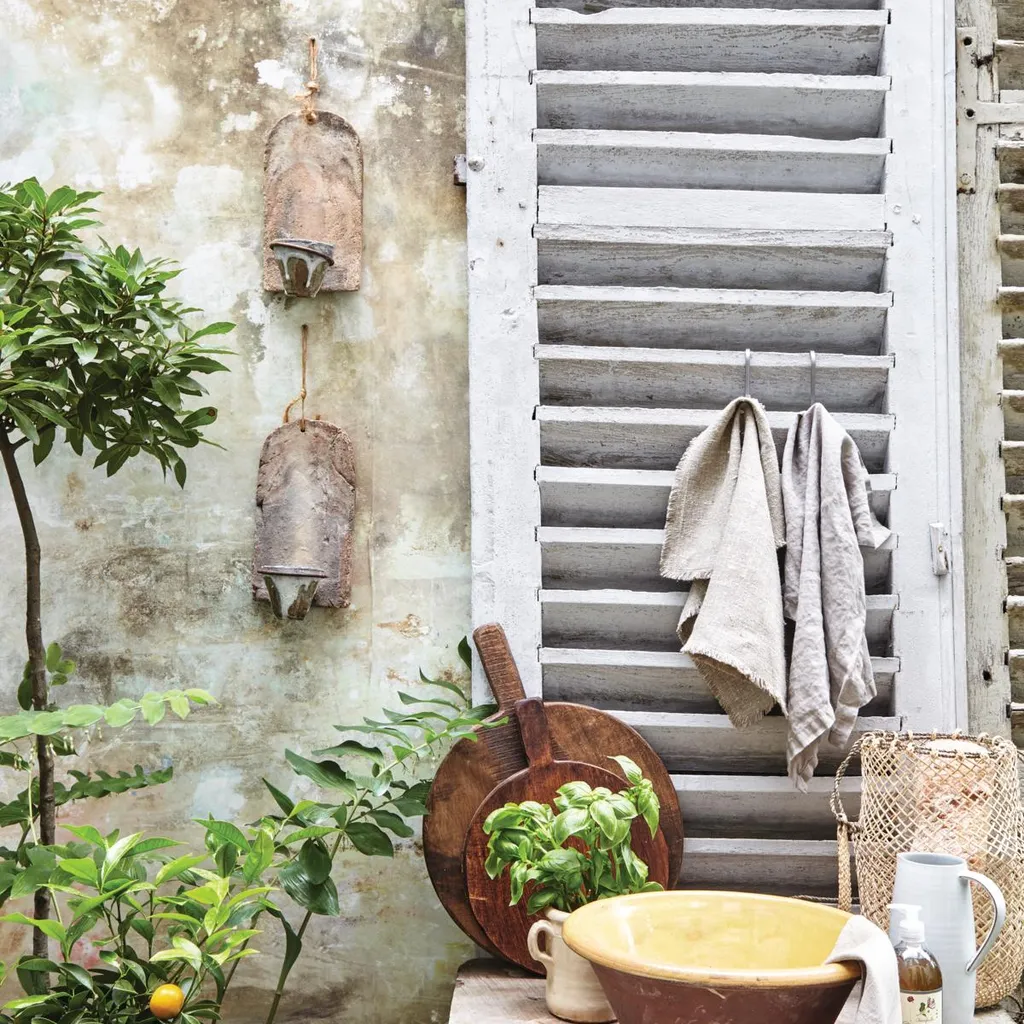
Where to see antique terracotta
❈ The Victoria and Albert Museum, London. 020 7942 2000; vam.ac.uk
❈ Hampton Court Palace, Surrey. 020 3166 6000; hrp.org.uk – has prominent terracotta roundels by Giovanni da Maiano mounted by Cardinal Wolseyon the towered brick gateway
❈ Royal Albert Hall, London. 020 7589 8212; royalalberthall.com – has a terracotta mosaic around its entire 244m circumference
Where to buy antique terracotta
❈ Andrew Bewick 020 7385 9025
❈ CJ Martin 020 8364 4565; antiquities.co.uk
❈ Guinevere 020 7736 2917; guinevere.co.uk
❈ Lassco 020 7394 2100; lassco.co.uk
❈ Mackinnon Fine Furniture 020 7839 5671; mackinnonfineart.com
❈ Maison Artefact 020 7381 2500
❈ Nimmo & Spooner 020 7385 2724; nimmoandspooner.co.uk
❈ The Old Cinema 020 8995 4166; theoldcinema.co.uk
❈ Petersham Nurseries 020 8940 5230; petershamnurseries.com
❈ Puckhaber 020 3304 7327; puckhaberdecorativeantiques.com
❈ Shane Meredith 020 7381 5277
❈ Westland London 020 7739 8094; westlandlondon.com
